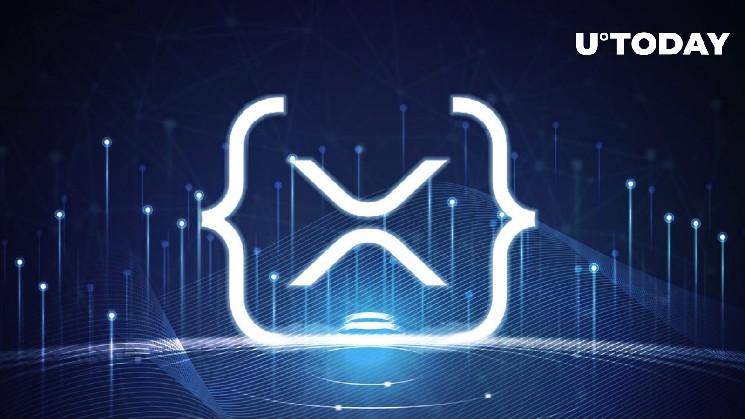XRPL Unveils Proposal for Cross-Chain Bridge: Details

In a tweet, Emi Yoshikawa, Ripple’s VP of Corporate Strategy and Operations, shares her excitement about the newly published XLS-38d, a standard proposal for the cross-chain bridge, which she says might significantly expand potential use cases for XRPL.
The Github document for the XLS-38d proposal was authored by Mayukha Vadari, a RippleX software engineer, and Scott Determan.
Check out XLS-38d, a standard proposal for cross-chain bridge! ?
This would significantly expand potential use cases for XRPL.
Community members, please share your feedback!! https://t.co/t7CQdsUkVY
— Emi Yoshikawa (@emy_wng) February 23, 2023
Mayukha Vadari shared this on her Twitter page: «We just published an official XRPL Standards spec for cross-chain bridges.»
An approach for interoperability is the use of cross-chain bridges, which are protocols that allow communication between blockchains. To facilitate the transfer of value, cross-chains like Allbridge, Multichain and Apex have already integrated with blockchains, including XRPL, Ethereum, Avalanche and others.
XLS-38d proposal
The bridge, as defined in the XLS-38d proposal, connects two blockchains: a locking chain and an issuing chain (also called a mainchain and a sidechain). A cross-chain transfer moves assets from the locking chain to the issuing chain or returns those assets from the issuing chain back to the locking chain.
It proposes two means of building a bridge: first, setting up a new sidechain, which is building an XRP-XRP bridge. The strategy involves using sidechains, a parallel network that gains value from analyzing data from and exchanging assets with the main chain.
According to an interview by Mayukha Vadari in August 2022, RippleX was hard at work on a production release of sidechains that would run parallel to the XRPL mainnet if adopted by the XRP community.
In October 2022, RippleX announced the launch of the first XRPL EVM-compatible sidechain.
The second way of building the bridge is through an IOU-IOU bridge. In this case, any two networks that have an IOU-IOU bridge between them should already have an XRP-XRP bridge between them, as a sidechain will need XRP for account reserves and transaction fees.






 Bitcoin
Bitcoin  Ethereum
Ethereum  Tether
Tether  USDC
USDC  TRON
TRON  Dogecoin
Dogecoin  Cardano
Cardano  Bitcoin Cash
Bitcoin Cash  Chainlink
Chainlink  Zcash
Zcash  Monero
Monero  LEO Token
LEO Token  Stellar
Stellar  Litecoin
Litecoin  Hedera
Hedera  Dai
Dai  Cronos
Cronos  Tether Gold
Tether Gold  OKB
OKB  Ethereum Classic
Ethereum Classic  KuCoin
KuCoin  Gate
Gate  Algorand
Algorand  Cosmos Hub
Cosmos Hub  VeChain
VeChain  Dash
Dash  Tezos
Tezos  TrueUSD
TrueUSD  Stacks
Stacks  IOTA
IOTA  Decred
Decred  Basic Attention
Basic Attention  Theta Network
Theta Network  NEO
NEO  Synthetix
Synthetix  Qtum
Qtum  Ravencoin
Ravencoin  DigiByte
DigiByte  0x Protocol
0x Protocol  Nano
Nano  Zilliqa
Zilliqa  Holo
Holo  Siacoin
Siacoin  Numeraire
Numeraire  Waves
Waves  Status
Status  Ontology
Ontology  BUSD
BUSD  Enjin Coin
Enjin Coin  Pax Dollar
Pax Dollar  Hive
Hive  Lisk
Lisk  Steem
Steem  Huobi
Huobi  OMG Network
OMG Network  NEM
NEM  Bitcoin Gold
Bitcoin Gold  Augur
Augur  Ren
Ren  HUSD
HUSD